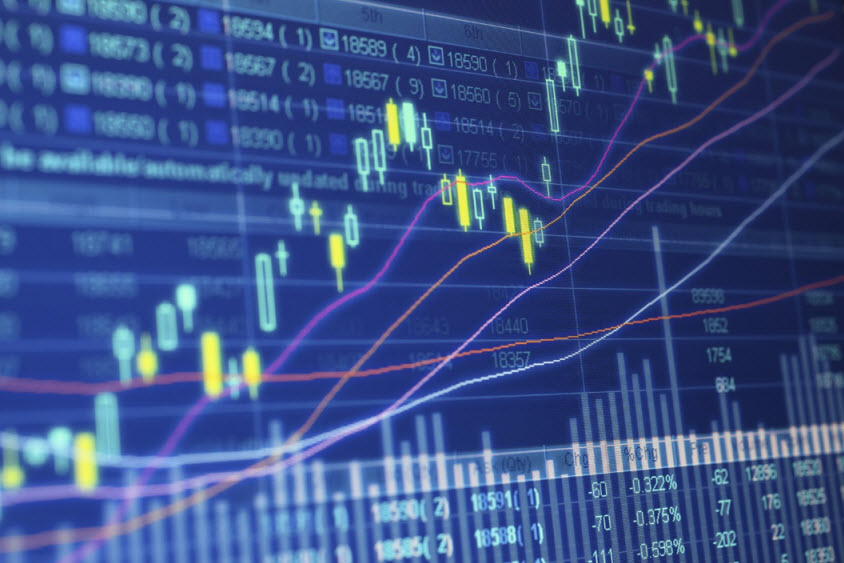Why do FX rates change?
Exchange rates move constantly—driven by supply and demand, interest rates, inflation, and even global news. Knowing what influences these shifts can help you make better decisions when sending money or managing currencies.

Understanding the Forces Behind Currency Fluctuations
If you’ve ever traveled abroad, transferred money internationally, or followed global markets, you’ve probably noticed that exchange rates don’t stay still for long. One day the US dollar is strong against the euro; the next, it weakens. But why does this happen? What causes exchange rates to rise or fall?
Let’s break it down.
1. Supply and Demand
At the core, currency values behave just like any other market: they’re driven by supply and demand. When demand for a currency goes up, its value typically rises. When supply exceeds demand, its value falls.
For example, if international investors are pouring money into the UK economy, they need to buy British pounds to invest—this increases demand for the pound, pushing its value higher.
2. Interest Rates
Central banks (like the US Federal Reserve or the European Central Bank) play a big role here. When a country raises its interest rates, it becomes more attractive to investors looking for better returns. To invest, those investors first need to buy the local currency—boosting its value.
Higher interest rates = more demand for the currency = higher exchange rate.
3. Inflation Rates
Low and stable inflation is usually good for a country’s currency. It signals economic stability, increases purchasing power, and makes the country more attractive to foreign investors. On the other hand, high inflation can erode a currency’s value quickly.
4. Political and Economic Stability
Currencies thrive on trust. A country with strong governance, clear policies, and a stable economy is more likely to attract foreign capital—again, raising demand for its currency. In contrast, political turmoil or economic uncertainty can cause investors to pull out, weakening the currency.
5. Trade Balances
Countries that export more than they import tend to see stronger currencies. Why? Because foreign buyers need to convert their money into the exporting country’s currency to pay for goods and services, increasing demand for that currency.
If a country imports more than it exports, it creates more demand for foreign currencies, which can weaken the local currency.
6. Speculation and Market Sentiment
Sometimes exchange rates move simply because traders think they will. Currency markets are heavily influenced by expectations. If traders believe a currency will strengthen in the future, they start buying it now—causing the value to rise even before anything actually changes.
7. The Role of the 24/5 FX Market
Foreign exchange rates are constantly changing. Indeed, the FX markets are active 24 hours a day, 5 days a week—making them one of the most dynamic financial markets in the world. Some Middle Eastern countries even continue trading FX over the weekend.
As the market prices move, so too will the banks generally adjust their rates. That said, many banks still set fixed daily rates, only updating them if there’s a significant move—often more than 100 points in a day.
However, there’s a growing shift toward real-time pricing. Many providers are now offering live exchange rates that fluctuate continuously throughout the day. This not only helps them reduce their risk exposure but also means they can offer better prices to customers—especially those who are savvy and catch a good rate at the right moment.
Why It Matters?
If you’re a traveler, business owner, expat, or investor, exchange rate movements can affect everything from the cost of your vacation to the value of your overseas income. Even a small change in the rate can make a big difference over time.
By understanding what drives exchange rate fluctuations—and how modern pricing models work—you can make more informed decisions when converting money or choosing financial services like multi-currency accounts.
Final Thoughts
Exchange rates are shaped by a mix of economic forces, market psychology, and technological evolution. They’re always on the move, reacting to the pulse of the global economy. While you can’t control them, staying informed helps you time your transactions better and potentially save more.
Disclaimer: Please note any provider recommendations, currency forecasts or any opinions of our authors should not be taken as a reference to buy or sell any financial product.
